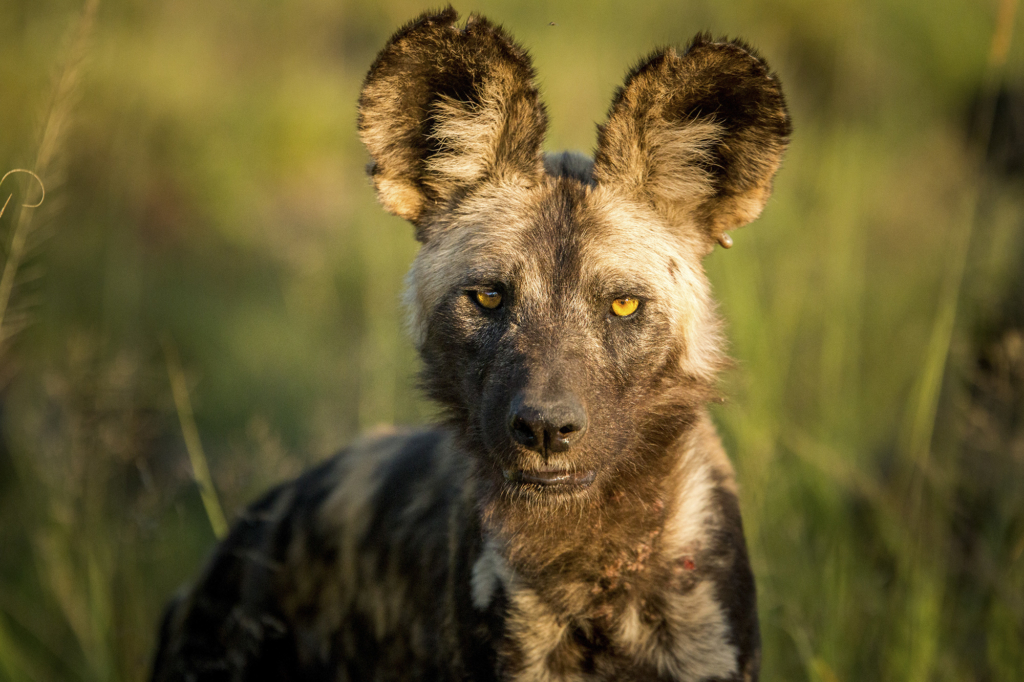Also known as the Cape Hunting Dog, Spotted Dog, Painted Dog or Painted Wolf, the African Wild Dog is one of Africa’s most misunderstood carnivores. It is recognised as Africa’s most endangered predator with only between 3000 and 5000 left in the wild. Numbers have radically declined across Southern Africa due to habitat loss, poaching, diseases and threats from other predators.
Below we share some fascinating facts about this unique species.
1. Pups are the most important part of the pack as the alpha female, being the oldest and alpha male, being the strongest, are the typically the only breeders. The breeding pair usually only have one litter a year, while the rest of the pack helps raise the pups.
2. As all male wild dogs within a pack are related, some assume roles as ‘Den guards’, where they are stationed around the dens, often created by Aardvarks, to protect the pups from predators.
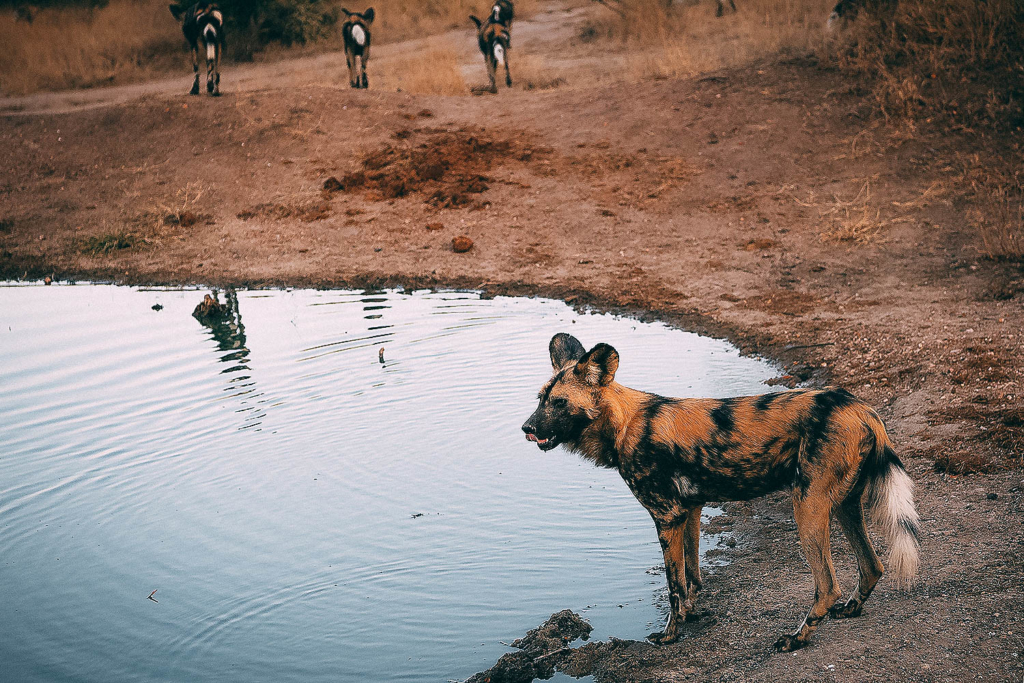
3. Wild dogs are a nomadic species with home ranges of 200-1000 square kilometers. They only use a den for a short period of time to avoid parasite build-up, unwanted attention from lions, and to follow abundant sources of prey.
4. Wild dogs ‘sneeze’ to make decisions on when to hunt, if a dominant individual within the pack sneezes it is likely that the ‘sneeze’ vote will result in a hunt.
5. Once the hunt is decided, the alpha male typically will walk up to its prey without ambush to initiate the hunt.
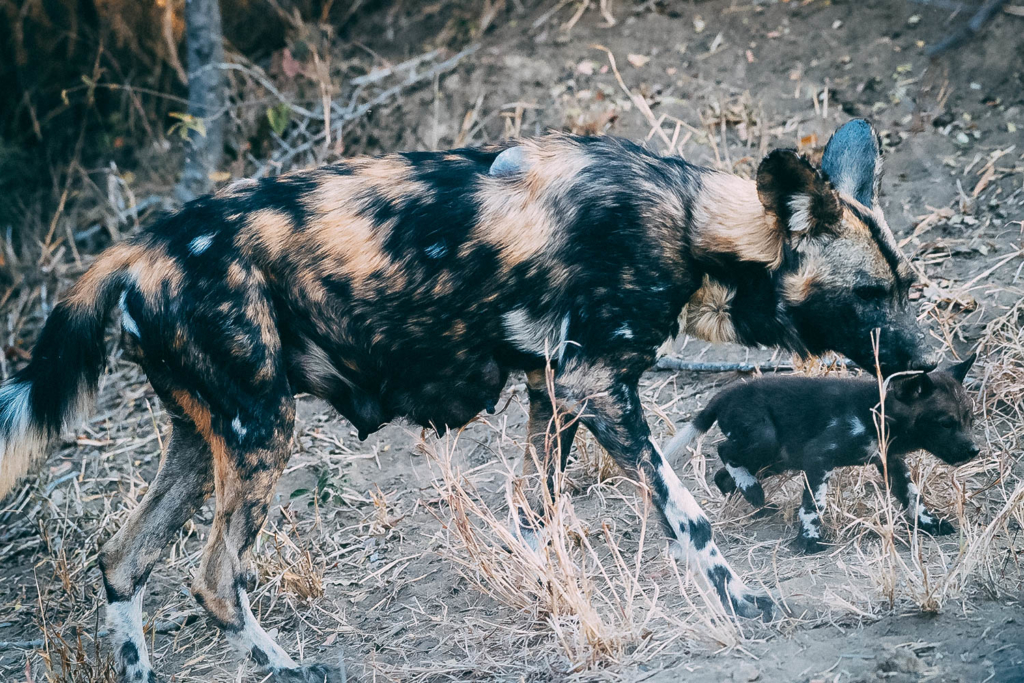
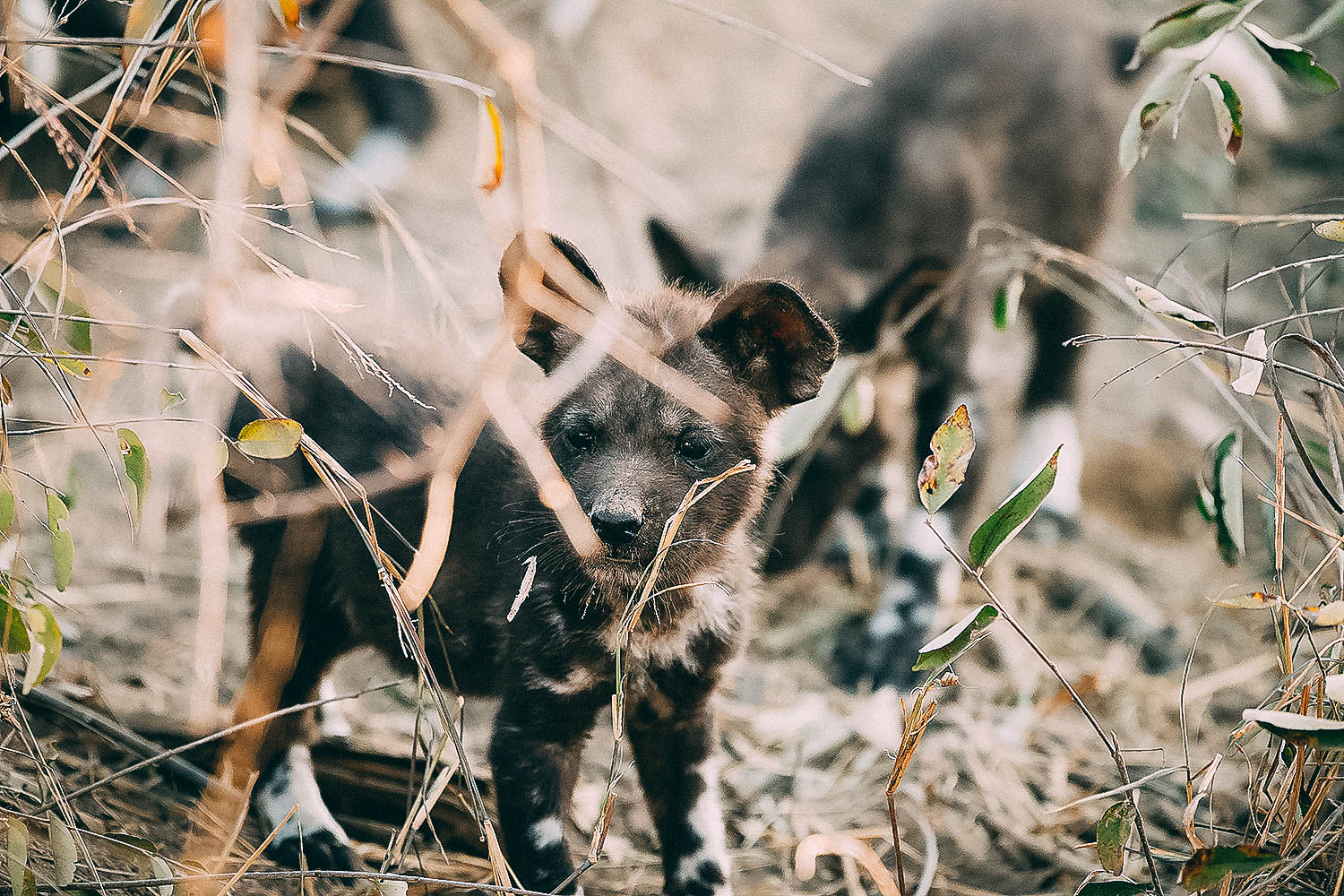
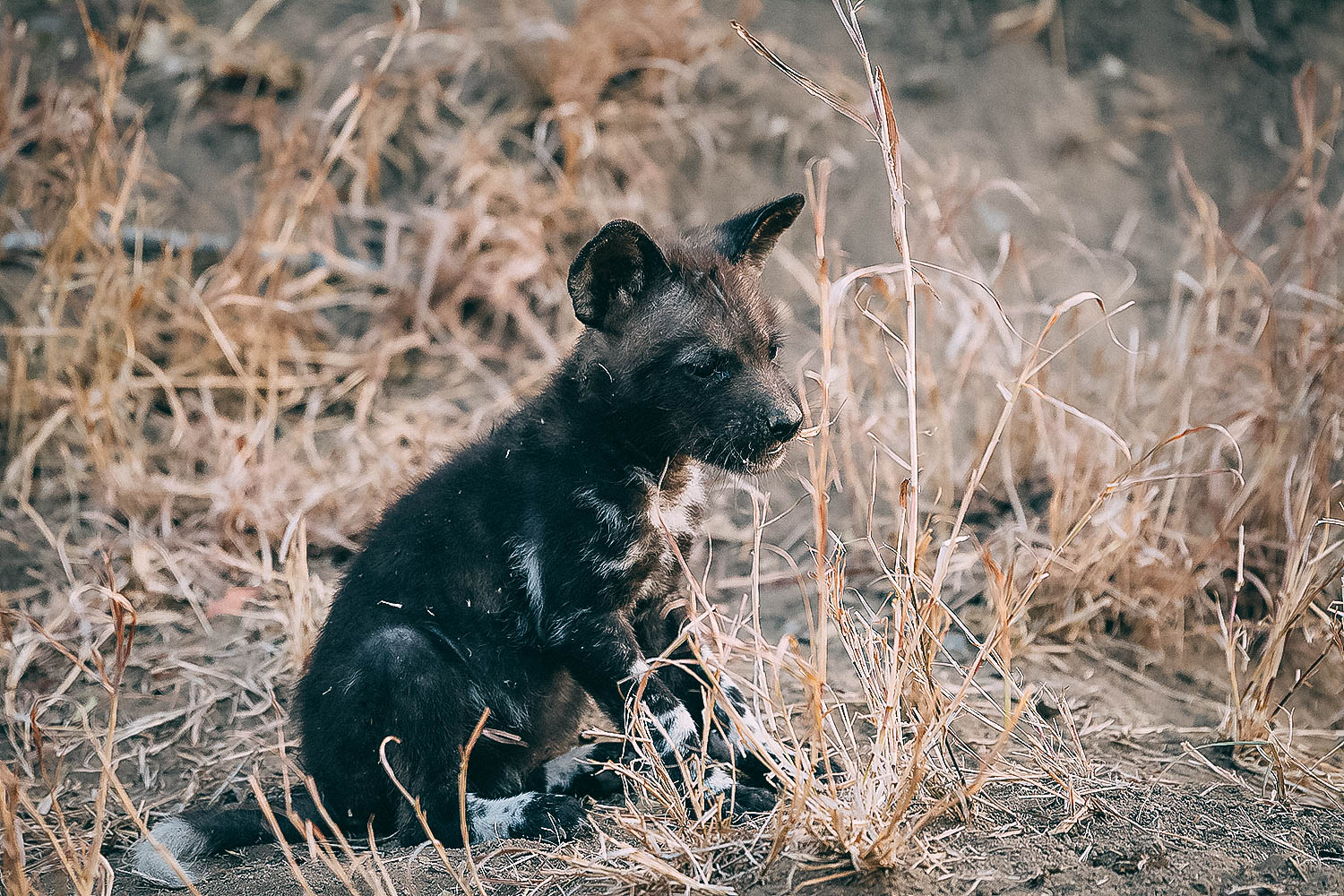
6. Wild dogs have one of the most successful hunting rates of any carnivore with an average of 80% of hunts resulting in a kill; this is due to their ability to give chase as a team for up to an hour. Whereas, the big cats of southern African; lions, leopards, and cheetah success rates are only about 20-30%.
7. As the whole pack shares the kill through learned begging behaviour it is not uncommon for there to be a hunt every day in larger packs. If there is a lack of prey available, this leads to increased begging behaviour, which acts to suppress reproductive urges as it inhibits hormone production.
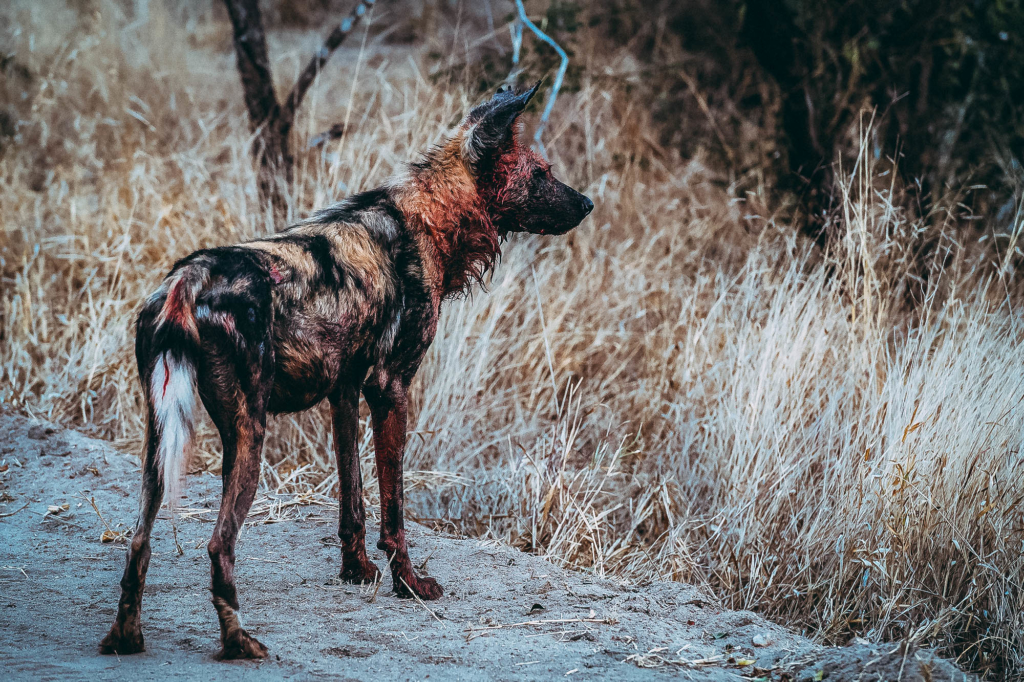
8. Wild dogs have the same social structures as North American wolves and are sometimes called the ‘painted wolf’.
9. A wild dog’s only natural predator is lions, however as they are around the same size as many species of antelope, they often get caught in snares used for bushmeat.
